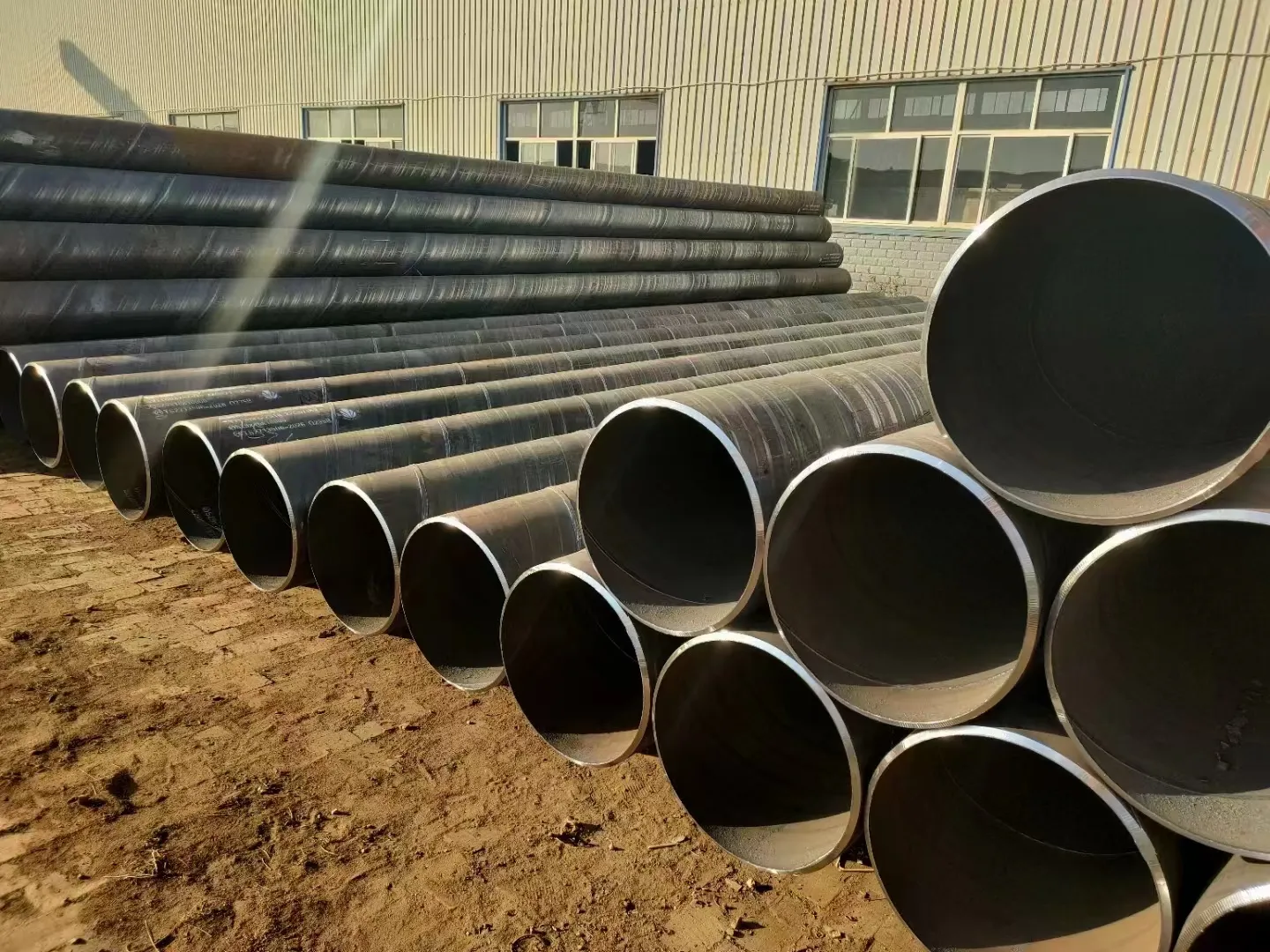-
Cangzhou Yulong Steel Co., Ltd.
-
Phone:
+86 13303177267 -
Email:
admin@ylsteelfittings.com
- English
- Arabic
- Italian
- Spanish
- Portuguese
- German
- kazakh
- Persian
- Greek
- French
- Russian
- Polish
- Thai
- Indonesian
- Vietnamese
- Zulu
- Korean
- Uzbek
- Hindi
- Serbian
- Malay
- Ukrainian
- Gujarati
- Haitian Creole
- hausa
- hawaiian
- Hebrew
- Miao
- Hungarian
- Icelandic
- igbo
- irish
- Japanese
- Javanese
- Kannada
- Khmer
- Rwandese
- Afrikaans
- Albanian
- Amharic
- Armenian
- Azerbaijani
- Basque
- Belarusian
- Bengali
- Bosnian
- Bulgarian
- Catalan
- Cebuano
- China
- China (Taiwan)
- Corsican
- Croatian
- Czech
- Danish
- Esperanto
- Estonian
- Finnish
- Frisian
- Galician
- Georgian
- Kurdish
- Kyrgyz
- Lao
- Latin
- Latvian
- Lithuanian
- Luxembourgish
- Macedonian
- Malgashi
- Malayalam
- Maltese
- Maori
- Marathi
- Mongolian
- Myanmar
- Nepali
- Norwegian
- Norwegian
- Occitan
- Pashto
- Dutch
- Punjabi
- Romanian
- Samoan
- Scottish Gaelic
- Sesotho
- Shona
- Sindhi
- Sinhala
- Slovak
- Slovenian
- Somali
- Sundanese
- Swahili
- Swedish
- Tagalog
- Tajik
- Tamil
- Tatar
- Telugu
- Turkish
- Turkmen
- Urdu
- Uighur
- Welsh
- Bantu
- Yiddish
- Yoruba

Sep . 06, 2024 11:39 Back to list
18 Inch 90 Degree Elbow - High-Quality Pipe Fittings
Understanding the 18-Inch 90-Degree Elbow A Key Component in Piping Systems
In the world of piping and fluid systems, the components utilized can significantly impact the efficiency and effectiveness of operations. One such critical component is the 18-inch 90-degree elbow, a fitting that allows for the change of direction within a piping system. This article explores the significance, applications, and considerations associated with the use of 18-inch 90-degree elbows.
Characteristics of the 18-Inch 90-Degree Elbow
The term 18-inch refers to the nominal diameter of the pipe to which the elbow is connected. This size denotes the internal diameter, which is crucial for ensuring appropriate flow rates and pressure within the system. The 90-degree designation indicates the angle of the bend, allowing for sharp, efficient transitions in piping layouts.
Made from various materials, including carbon steel, stainless steel, and PVC, 18-inch elbows are utilized in numerous applications, including industrial processes, water systems, and HVAC (heating, ventilation, and air conditioning) setups. The choice of material often depends on the environment in which the elbow will operate, with considerations for factors such as temperature, pressure, and chemical exposure.
Applications
The versatility of 18-inch 90-degree elbows makes them indispensable in multiple sectors. In industrial manufacturing, these elbows facilitate the transport of liquids and gases, ensuring streamlined processes. For instance, in chemical plants, a properly installed elbow is crucial for directing corrosive substances with minimal leakage and maximum safety.
18 inch 90 degree elbow

In water supply and wastewater management systems, 18-inch elbows play a pivotal role in altering the path of pipes. With their ability to guide water flow efficiently, they contribute to effective drainage and distribution systems, enhancing overall infrastructure performance. Furthermore, in HVAC systems, elbows help achieve optimal airflow, which is vital for maintaining climate control and energy efficiency in buildings.
Considerations for Installation
When installing an 18-inch 90-degree elbow, several factors should be taken into account to ensure performance and durability. The fitting must be compatible with the piping material and size to prevent leaks and maintain structural integrity. Additionally, proper alignment during installation is critical to avoid undue stress on the elbow, which could lead to premature failure.
Sealing and joining methods are also essential considerations. Whether utilizing welding, flanges, or mechanical couplings, the chosen method must ensure a leak-tight connection. Regular inspections and maintenance can help identify potential issues before they escalate, ensuring the longevity of the piping system.
Conclusion
The 18-inch 90-degree elbow is a fundamental component in various piping applications across multiple industries. Its ability to facilitate directional changes in piping systems makes it an essential part of fluid transport infrastructure. By understanding its characteristics, applications, and installation considerations, engineers and technicians can effectively integrate this fitting into their systems, promoting efficiency and reliability in fluid management.
Latest news
-
ANSI 150P SS304 SO FLANGE
NewsFeb.14,2025
-
ASTM A333GR6 STEEL PIPE
NewsJan.20,2025
-
ANSI B16.5 WELDING NECK FLANGE
NewsJan.15,2026
-
ANSI B16.5 SLIP-ON FLANGE
NewsApr.19,2024
-
SABS 1123 FLANGE
NewsJan.15,2025
-
DIN86044 PLATE FLANGE
NewsApr.19,2024
-
DIN2527 BLIND FLANGE
NewsApr.12,2024
-
JIS B2311 Butt-Welding Fittings LR/SR 45°/90° /180°Seamless/Weld
NewsApr.23,2024











